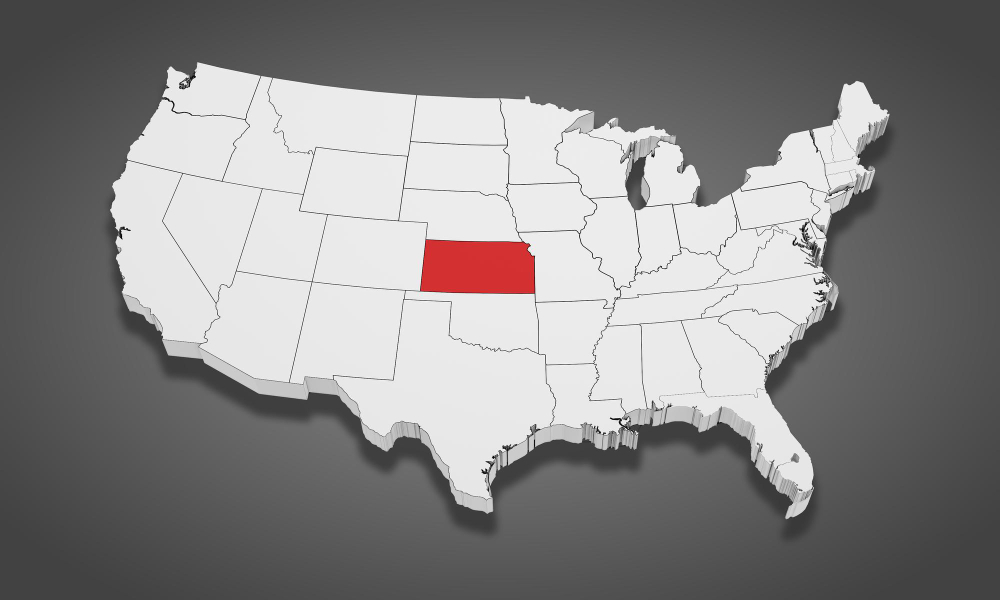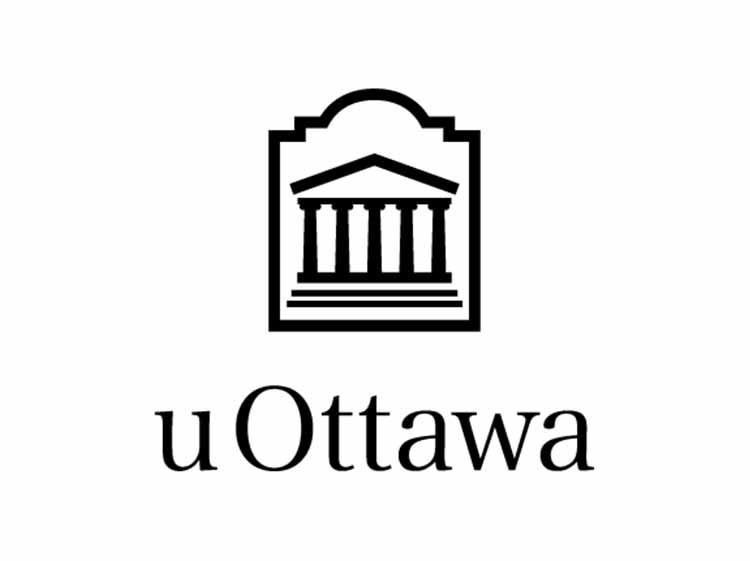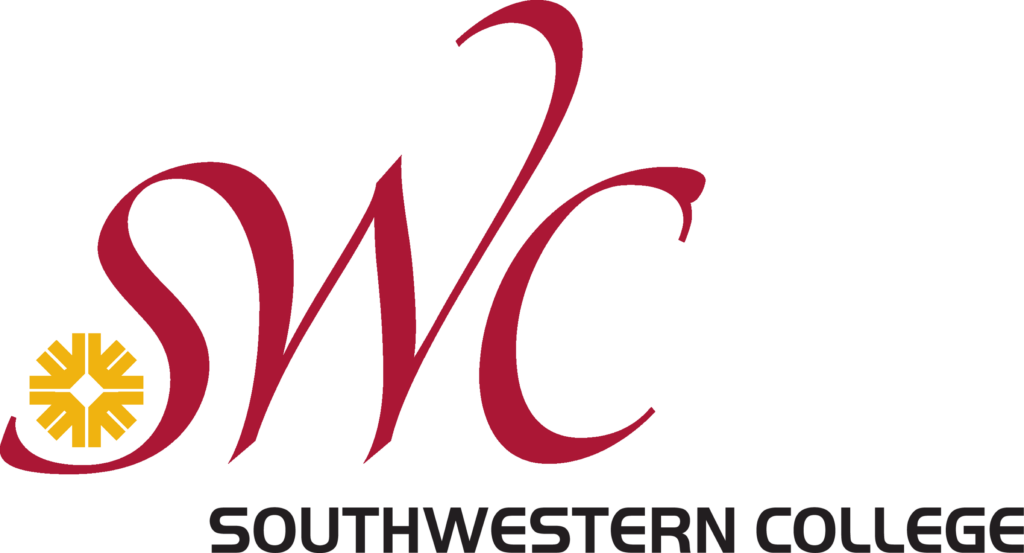In Kansas, prestigious institutions like the University of Kansas, Kansas State University, and Wichita State University offer diverse programs and online courses. Education aligns with workforce needs, spanning healthcare, technology, and agriculture. Research thrives in fields like agriculture, aerospace, and health sciences. The Kansas State Department of Education oversees K-12 policies, while the Kansas Board of Regents enhances higher education accessibility and quality. This system aims to equip students for career success and holistic growth.

Table Of Contents
Education in Kansas
Kansas has six public universities, including Fort Hays State University, Pittsburg State University, Emporia State University, University of Kansas, Kansas State University, and Wichita State University. Kansas State is renowned for its agricultural college and as the first U.S. land-grant college. The University of Kansas Medical Center houses the state’s medical school with Kansas City and Wichita campuses. Washburn University in Topeka also has a law school. Additionally, around 20 church-affiliated private colleges offer liberal arts degrees.
For those interested in pursuing an online master’s degree in Kansas, you’re in the right place. However, if you’re seeking broader information about master’s degrees or specific resources for a particular online program, you can explore our resource page or the dedicated online master’s program page.
Online Master’s Programs in Kansas

Kansas has become a critical educational destination in the U.S. With universities offering an extensive range of courses in various disciplines, the state is preferred by those looking for a top education combined with excellent research and networking opportunities. Based on our methodology, here is a list of some of the best universities and master’s programs Kansas has to offer.
The University of Kansas, founded in 1865, is recognized for its research initiatives across various fields, contributing to advancements in medicine, technology, and social sciences. It has a total undergraduate enrolment of 19,241 (fall 2022), its setting is a city, and the campus size is 1,000 acres. It utilizes a semester-based academic calendar.
| Grad rate | Tuition fees |
|---|---|
| 63% | $9,989 |

 Edited By
Edited By 


